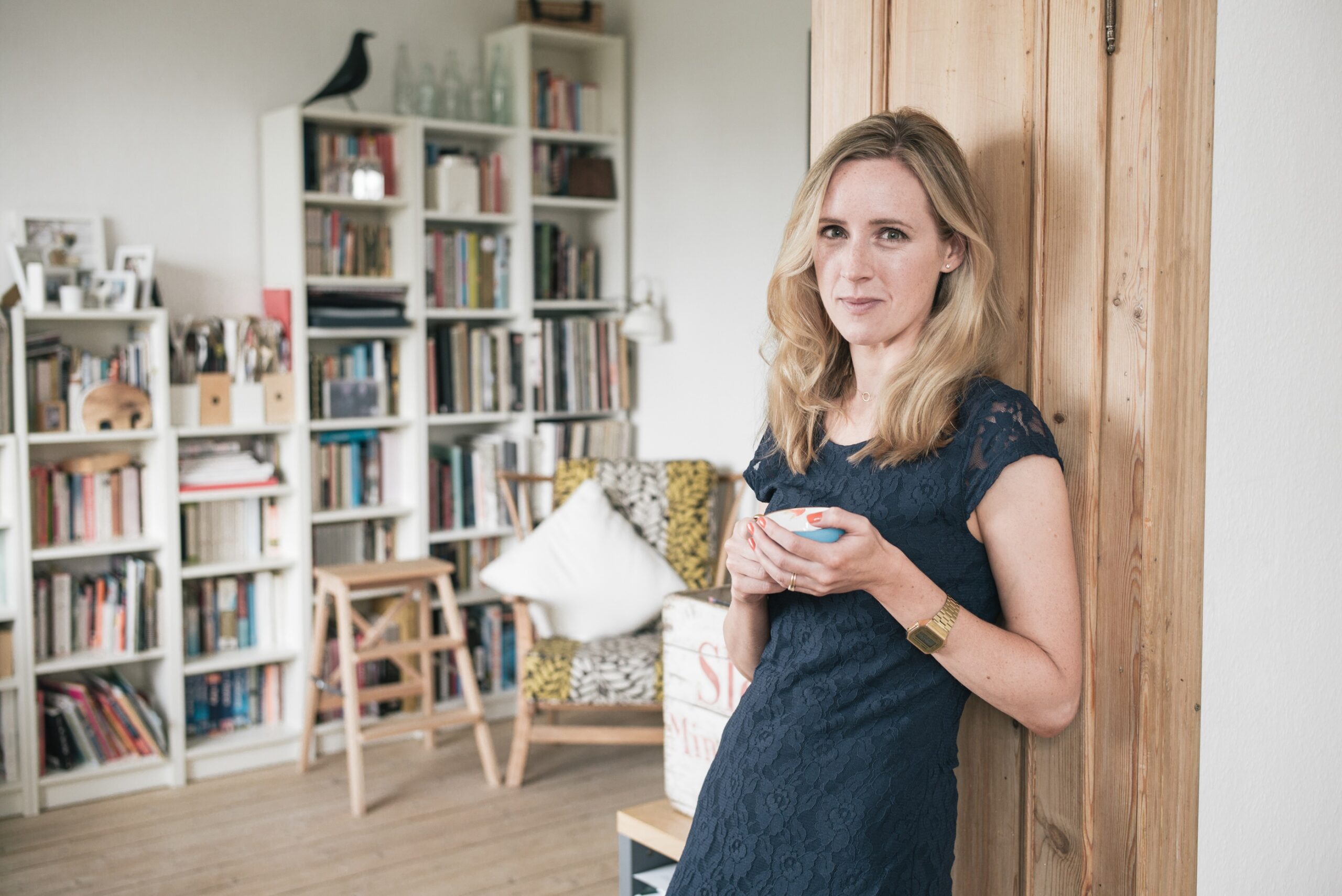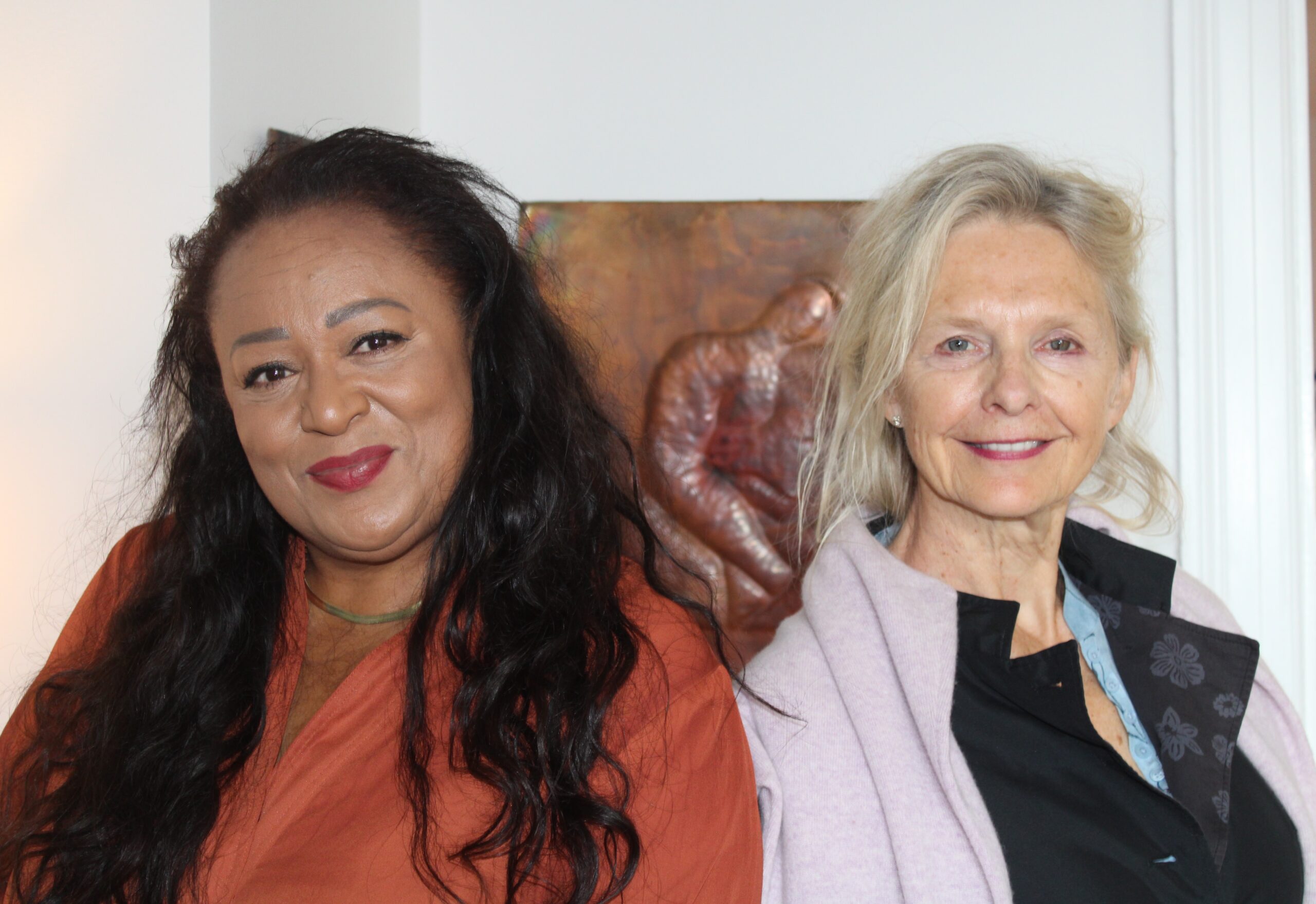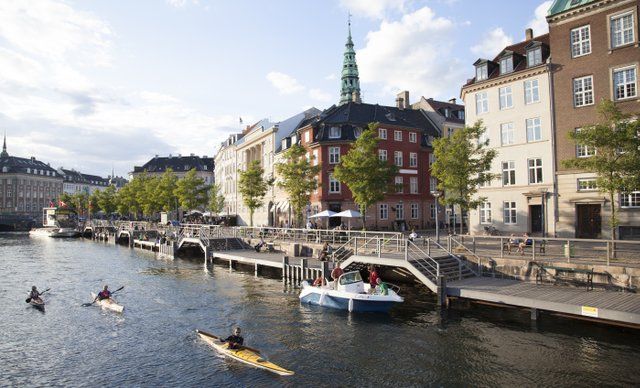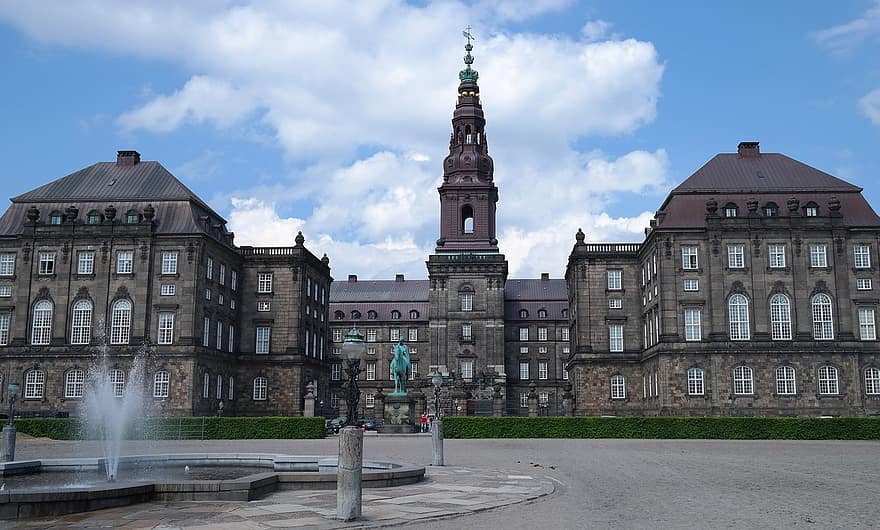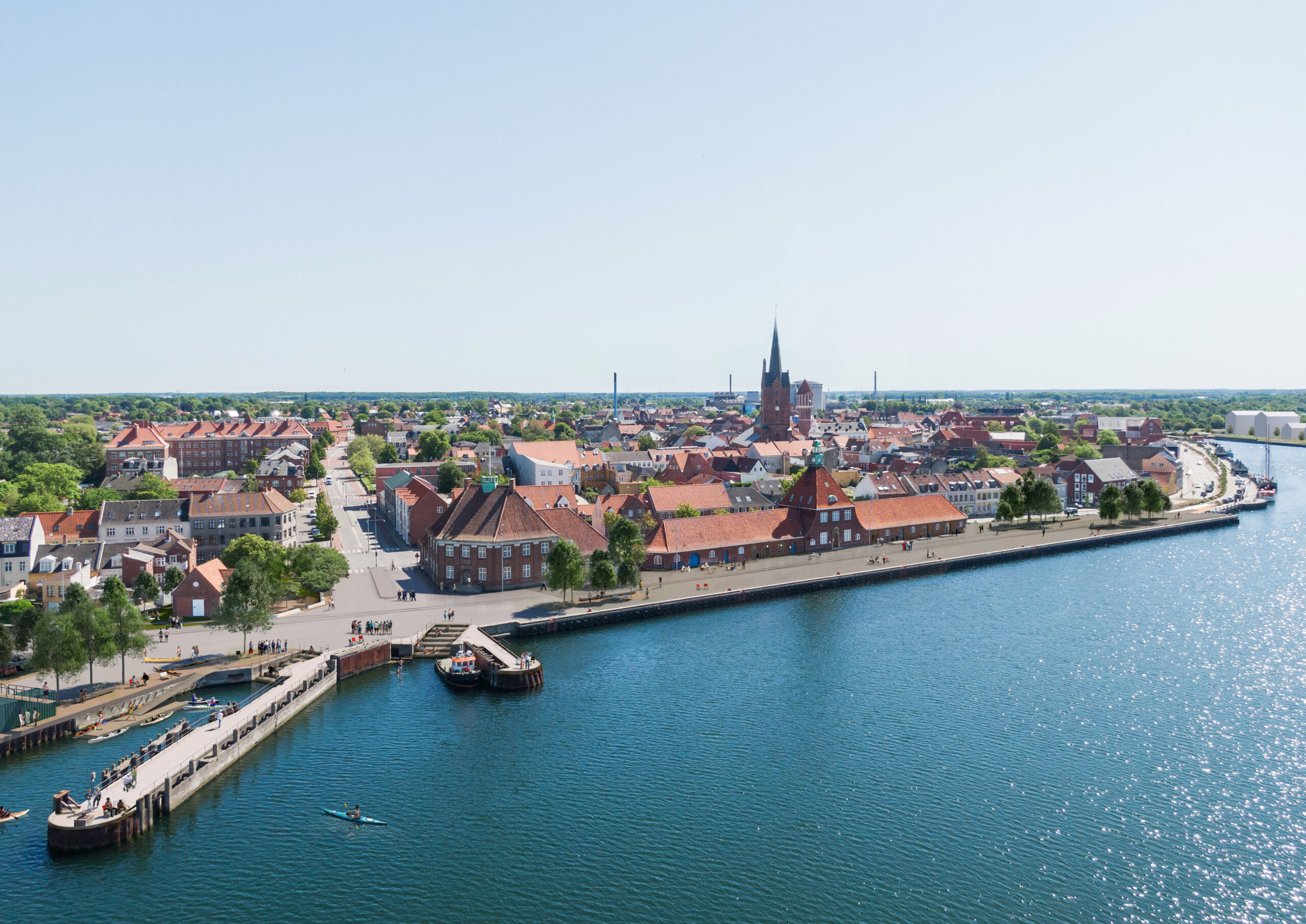When it comes to moving away from their parents, no-one in Europe does it as early as the Danes, according to new figures from EU statistics keepers Eurostat.
The stats reveal that only 43 percent of Danes aged 16-24 still live at the family home, a long way ahead of Finland, which ranks second on the list with 56 percent.
The reason can apparently be found in the history books.
“With the welfare state, we have built up a system and a welfare system that allows young people to live by themselves, which is a luxury not seen in many other nations, where they can’t afford to do so,” Lars Dencik, a professor of social psychology at Roskilde University, told KL union magazine Momentum.
“And the numbers [in those countries] have been made worse by the massive youth unemployment created by the financial crisis in southern Europe, which has led to many youngsters having to move back home again. Meanwhile, the number of young people studying in the Nordic nations has also increased.”
READ MORE: Young people confused by glut of continuing education choices
Affordable independence
The average age for moving away from home is also lower than the rest of EU by a stunning five years. On average, Danes move out when they are 21, only beaten by the Swedes, who are 19.6 on average. Conversely, the average age for a Maltese person to flee the nest is 30.
Among the reasons cited are the study benefits Danes receive, but according to Dencik, it is also about being independent.
“Danish youth want free space to decide for themselves: parents don’t need to know about them having a beer or bringing someone home at night,” he said.
“Parents also see it as positive that their children break free from them, like when they go backpacking during a gap year.”
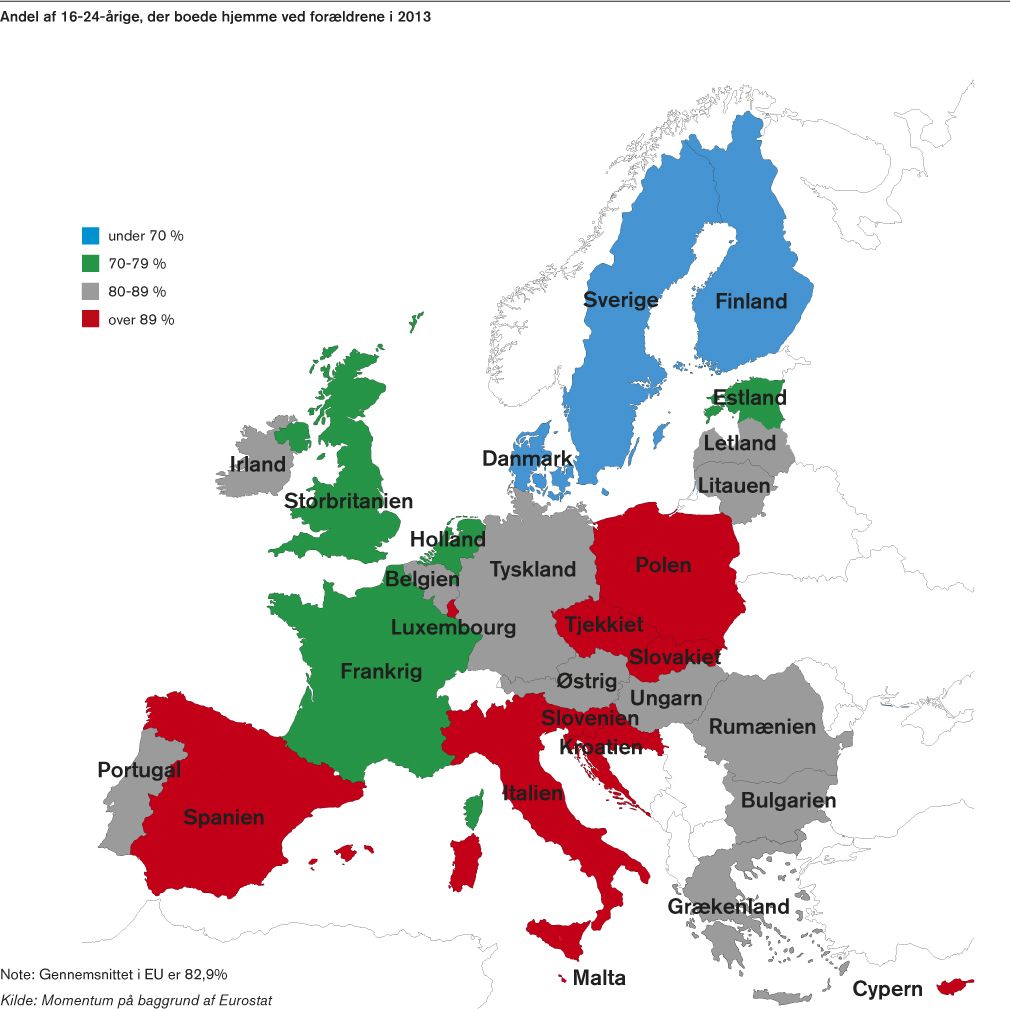
Nordic youth is quick to escape the nest (photo: Momentum)

